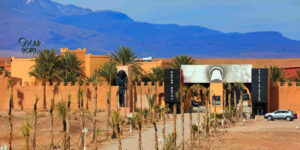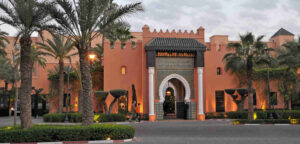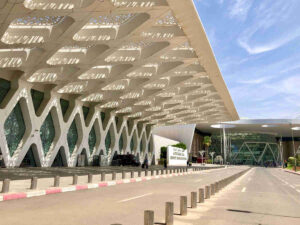The Ville Nouvelle of Morocco are a hallmark of this country and, in some cases, are neighborhoods that deserve a tourist visit, both for its urban planning and for the monuments and museums that are there. In this post we review the most interesting ones that, as you will see, take us on a journey through the Imperial Cities.
What is a Ville Nouvelle
Ville Nouvelle is the French term for ‘new city’, although the term ‘planned city’ is also often used as a translation into English. Its moment of greatest boom took place in Europe at the end of the 19th century, in the context of the industrialization of the Old Continent and the needto improve the living conditions of its inhabitants, in many cases workers who migrated to the historic centers of large cities.
In Morocco, the most important Ville Nouvelle are precisely those that emerged at the gates of the country’s historic cities, those with the largest medieval medinas and, therefore, with the greatest need for decongestion. Its heyday was delayed until the first half of the 20th century, at the time of the French Protectorate. It is a concept similar to the Ensanche in Spain, although the Moroccan Ensanches are not included in this post because of their Andalusian character and linked precisely to the Spanish Protectorate.
Ville Nouvelle de Fez
As the largest medina in Morocco, there was a clear need to create a Ville Nouvelle in Fez. The result was a modern neighborhood articulated around a spacious central boulevard (now Hassan II Avenue), where lawns and trees (especially palm trees) give a distinctive touch to the neighborhood. Along this artery are distributed restaurants, cafes, ice cream parlors and other establishments, mainly restaurants. And at its intersection with Boulevard Mohammed V are the main offices of the city.
Ville Nouvelle de Rabat
Rabat was the capital of the French Protectorate of Morocco since 1912. Therefore, there was no lack of public and private efforts for the creation of a Ville Nouvelle such as the one we can discover today. In this case, it was an “author’s” project, since its main architect was the renowned urban planner and architect Henri Prost. The project was so careful and successful in its functional (improvements in terms of hygiene, traffic, etc.) and artistic(eclectic style buildings, respecting the preceding historical monuments) aspects that it has earned its inclusion in the World Heritage Site as a “modern capital and historic village”. It is also the area of greatest cultural importance, with museums and institutions such as the Mohammed VI Museum of Modern Art, the Villa des Arts or the Museum of History and Civilizations.
Ville Nouvelle de Marrakech
The Ville Nouvelle de Marrakech is another of those with a personality of its own. In fact, it is not known by this name, but by Gueliz, which is synonymous with exclusivity and modernity for the establishments that are located here: restaurants, fashion stores and much more, as we told you in this other post about the most chic Marrakech. Its urbanism is easily recognized as a ‘planned city’, around Mohammed V Avenue, with wide perspectives and tall buildings of historicist inspiration, in many cases.
In addition to these three Ville Nouvelle of Morocco, others can be mentioned that follow similar urbanistic criteria, such as Meknes, although with less refinement and elegance. Others, such as Tangier, date back to very recent times, already under the reign of Mohammed VI. But all of them have in common their vocation to look forward, with new urban concepts, such as the integration of nature in the city.



